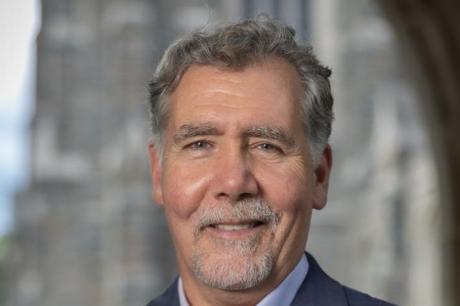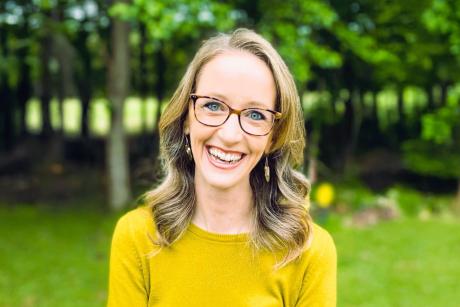
Photo by Patrick Fore (Unsplash)
Published May 24, 2024, last updated on December 3, 2024 under Research News
For more than 15 years, Rae Jean Proeschold-Bell, Ph.D., has been working to find ways to improve the physical and mental well-being of North Carolina clergy, who experience high rates of depression and stress-related health problems. But her previous interventions, which included retreats and the assistance of health coaches, didn’t have much effect on stress.
Proeschold-Bell, a professor of global health who leads the Duke Clergy Health Initiative, understood the issue. While clergy cared about their health, they cared even more about their work, meaning they weren’t likely to keep up with any healthy activities that interfered with service to their congregations.
“We are very busy and creatures of habit, and there are different pulls on our time,” she says. “Even well-intended people may not follow through when new practices compete with things you need to do.”
But Proeschold-Bell’s latest research offered clergy something new – a choice of how best to incorporate stress reduction into their busy lives. And the results are promising.
In the study, more than 250 United Methodist Church clergy were given the option to practice one of three stress-reduction techniques. Six months into the project, clergy had substantial decreases in symptoms of stress and anxiety. And clergy who adopted one of the methods, a mindfulness-based stress reduction practice, showed a 14 percent improvement in heart rate variability, according to the results published in Translational Behavioral Medicine in May, meaning clergy were recovering better from stressful moments.
The study is one of the first for a mindfulness practice to show improvements in heart rate variability measured during the daily lives of participants, says Proeschold-Bell.
“This was our chance to identify small, doable practices clergy might weave into their days,” she says. “It’s important to know your population. Every community and person is different, and our team worked hard to understand the group we worked with.”
One of the stress-reduction options, for example, incorporated daily prayer through the Daily Examen, which made it easier for clergy to find meaning in the intervention, says Jessie Larkins, a United Methodist pastor who served as program director for the study, which was funded by The Duke Endowment.
“It’s about connecting to the core values the participants hold and helping them see the practices as ones that are not only in alignment with those values, but that strengthen their ability to live them day to day,” she says. “They see that if they’re taking care of themselves, they can better tend to their congregants and community members.”
Accountability and socialization were also important factors in keeping clergy on track with the stress-reduction techniques, Proeschold-Bell says. Clergy learned stress practices in small group settings and received daily texts reminding them to do their routines. They were so committed to the practices they chose that most continued with the interventions even during the COVID-19 pandemic, which created extraordinary new stresses for clergy.
“We want [clergy] to show up for parishioners in a hospital and prepare an inspiring sermon, but they can’t do that if they can’t effectively manage stress,” Proeschold-Bell says. “Clergy are human like the rest of us.”
Because the stress-reduction techniques evaluated in the study can be learned and practiced anywhere, the research may help shape interventions for others in high-stress jobs, says Proeschold-Bell. She can imagine similar customized approaches to help disaster relief volunteers, social workers and emergency responders cope with the demands of their work.
“We can’t let [stress] build, leading to worse physical health,” she says. “We need multiple strategies to help people. We deserve to live longer with better mental health in this world.”

